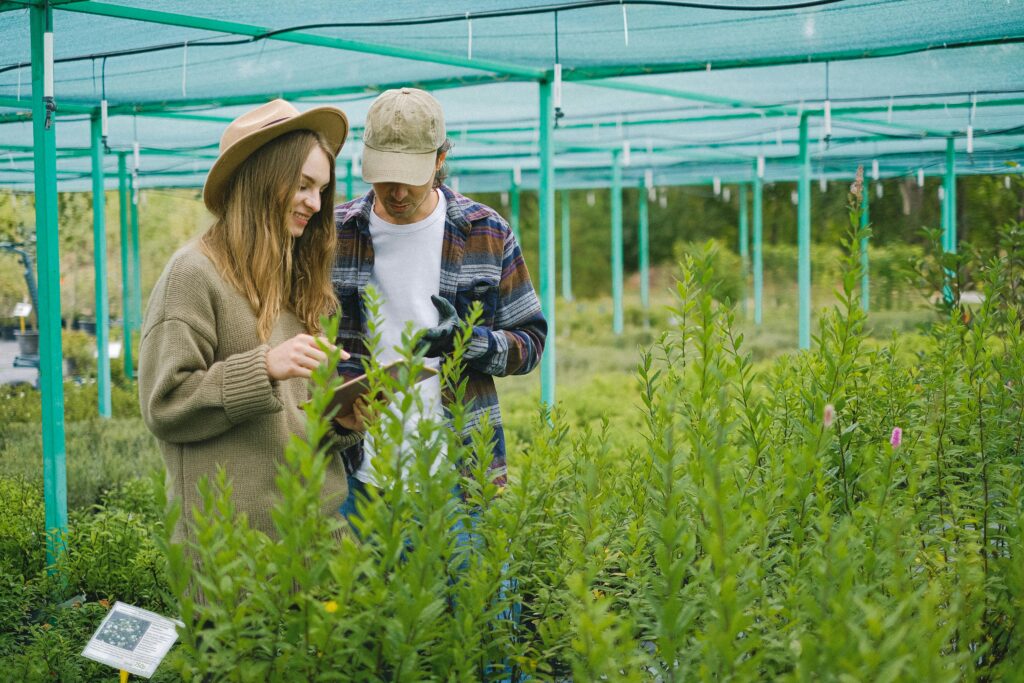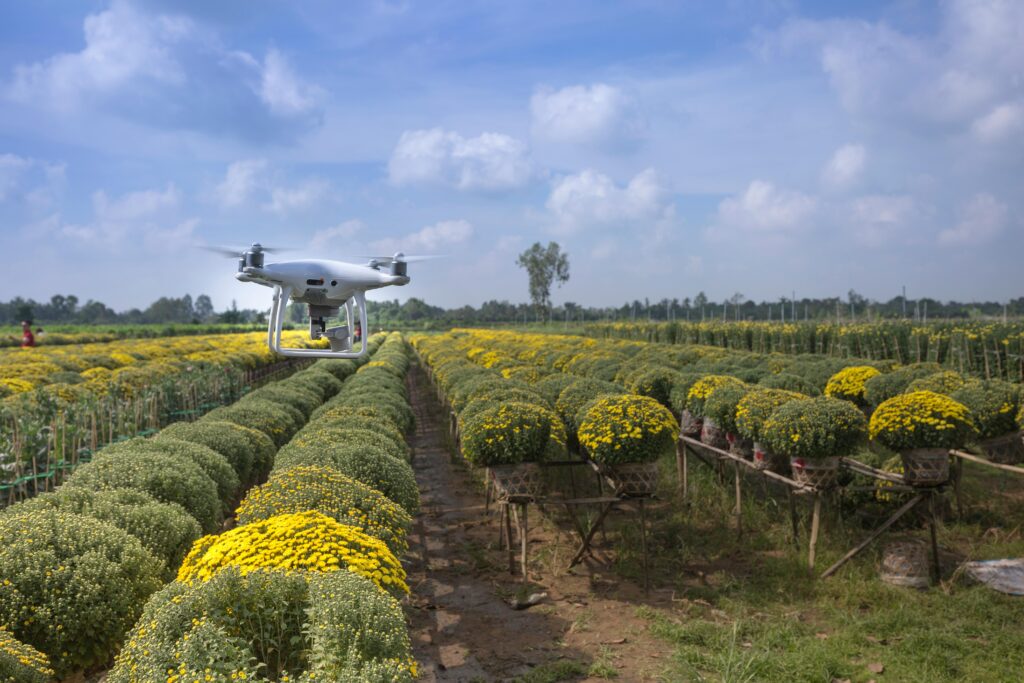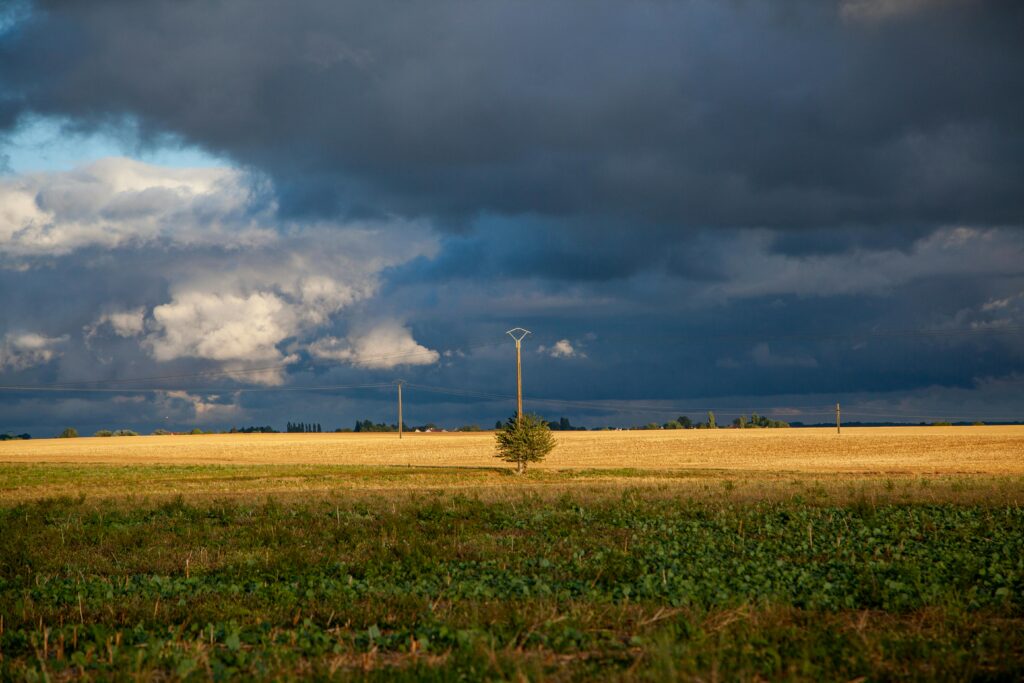With the help of Big Data, Artificial Intelligence is revolutionising resource management on farms in the southern hemisphere. This article explores how and why, and, more importantly, reveals what it is achieving.
Big data and AI, tools that reshape agriculture
For some time now, society has been witnessing a transformation in many of its industries and sectors. A change that is due to both Big Data and artificial intelligence (AI). Indeed, it is not for nothing that technology is presented as the answer to many problems.
This is a risky card that seeks to become a winning bet when it comes to the cultivation and supply of food. Increasing animal welfare and helping to boost productivity is the main aim of any Artificial Intelligence principle, at least in the world of agriculture and livestock farming. The result? That we can talk, in this case, of benefits and practical applications.
How are Artificial Intelligence and Big Data applied?
Understood as that metaphorical fuel that powers and drives Artificial Intelligence, Big Data in the agricultural world is nothing more than the collection of data. Large volumes put under analysis, in order to extract valuable information first and make informed decisions second.
In other words, Big Data collects data, processes old and new information and strives to feed it to AI. To what end? To build along the way a tapestry of patterns and analytics, as well as solutions. A wellspring of collected knowledge from which AI drinks avidly. And it is in these very terms that Artificial Intelligence itself comes into play.

In fact, using the term AI in agriculture means alluding to the ability of machines to perform certain tasks. More precisely those tasks that traditionally require the collaboration and intelligence of people. Learning is a clear example of this, as is reasoning and decision-making.
So, yes, it is impossible to talk about reshaping livestock farming, and especially agriculture, without pointing directly to AI. Changes and developments which, when applied on farms in the southern hemisphere, for example, play a crucial role in optimising resources. The advantages of this kind of application are many. Starting with improving the efficiency of farming operations, for example, as well as their own sustainability, for example.
It is right to point out, then, that the cocktail of Artificial Intelligence and Big Data in agriculture is a combination of improvements. It allows farmers to make more precise decisions, based above all on verified data. A way of acting that leads to better resource management, first, higher yields, then, and a more sustainable agriculture, in the end.

Examples of the application of Artificial Intelligence and Big Data
As this essay on AI applied to agriculture in South America shows, one of the main challenges that agriculture has always presented is the constant monitoring of crops and soil health.
To solve this dilemma, AI is being offered as an option to analyse the state of both soil and crops. And all of this is done through drones equipped with cameras and sensors reinforced with imaging technology, which, moreover, do their work in real time.
We are talking about devices that collect data on humidity and nutrient levels to detect possible diseases or pests in the process. Through algorithms, AI processes this data, on the one hand, to then provide precise recommendations on fertilisation, irrigation and even pest control. These measures, in turn, optimise the use of resources while improving yields from these sources.
Following the same line of advantages provided by AI in agriculture, it is impossible not to pay attention to the optimisation of water use. In agriculture in some southern hemisphere countries, water is as vital a resource as it is limited. This means, of course, that managing it effectively is paramount and essential if farm sustainability is to be ensured.
That is why smart irrigation systems that apply AI use real data, a real-time contrast of information that breaks down weather conditions, soil moisture and, of course, crop needs. A contrast of real-time information that breaks down weather conditions, soil moisture and, of course, crop needs. And why? In order to adjust irrigation levels, and to do so automatically, moreover.
We are talking about a measure that, while saving water, on the one hand, favours the health of the crops for the better, positively increasing yields.
Artificial Intelligence, a protagonist in environmental forecasting
The weather is a factor of great importance in agriculture. So much so that its unpredictability can cause huge losses. In order to help farmers manage risks, Big Data makes it possible to analyse weather patterns, simply by analysing what happened years ago. A collection of historical data that faces and compares with current patterns, in order to more accurately predict future weather conditions.
How does this benefit farmers? Easy! By using this contrasting and predictive information when it comes to planning sowing, harvesting and other agricultural activities. In addition, by taking preventive measures against possible adverse conditions. Artificial Intelligence, in fact, can not only help to manage risks, but can also recommend specific actions to mitigate the impact of extreme weather events, as the agricultural platform CropX includes in its list of tips.
And if it is a question of continuing to learn how to manage possible adversities, the truth is that AI also focuses on another very important risk: animal health. You only have to look at how Big Data and AI are transforming animal welfare management on farms in the South to realise how important this is.
Now then… How exactly to apply this advice? Agrivi has it clear. By letting both monitoring devices and sensors collect data on the behaviour of the animals.
According to the company, which presents itself as a platform for precision agriculture, it is also important to do the same for animal nutrition and health. It’s not for nothing that the brand has carved out a niche for itself in the agricultural world. Its biggest hallmark? A commitment to using AI to help farmers increase their farm yields.
To be more precise, and as the platform explains, AI uses its algorithms to analyse this kind of data. The goal? To detect stress or nutritional deficiencies in the animals; and even to warn of signs of disease in good time. The important thing, in any case, is to enable not only rapid, but also effective intervention. An action that, of course, improves animal welfare and increases process productivity, while, at the same time, decreasing costs.

So what are the benefits?
As we have already pointed out, the use of Big Data and AI allows farmers to optimise the use of water, pesticides, fertilisers and other resources. A mode of use whose good effects can be seen in increased productivity, which can be significant. With AI in action, crops not only get what they need, in the right amount and at the right time. Such crops also maximise their yields first and reduce wastage second.
In addition to the rain of advantages and benefits that AI brings to agriculture in the South, there is also environmental sustainability. Sustainable agriculture is as crucial to environmental protection as any other measure designed to preserve the ecosystem.
In this sense, both AI and Big Data, in fact, open the door to a more precise and efficient management of resources. Why? Because they help to reduce the excessive use of water, while doing the same with the use of chemical products. A measure that protects local ecosystems as well as combating climate change, for the simple reason that it reduces greenhouse gas emissions.
Cost reduction is another positive incentive that AI injects into farms in the South. The optimisation of resources on the one hand, and the improvement of operational efficiency on the other hand, enable farmers to significantly reduce their costs.
The importance of this becomes clear when we understand that the use of AI and Big Data technologies helps farms to reduce the use of expensive inputs. Consequences? Witnessing how these losses caused by disease or climatic factors are minimised. Which in turn leads to improved profitability, of course.
Why can we bet on Artificial Intelligence?
In conclusion, we can affirm that AI, hand in hand with Big Data, is a tool for profound agricultural transformation. Especially if we take into account that when applied to farms in the southern hemisphere, this combination of cutting-edge technology opens the door to better resource management. A more efficient and, of course, also more sustainable use, which includes advanced crop and soil monitoring, water optimisation, accurate climate prediction, and improved animal health.
AI technology that, in short, is already revolutionising the way agricultural resources are managed. The benefits of this transformation are clearly being felt, in the form of greater sustainability, improved productivity and, of course, reduced costs.
For all these reasons, it cannot be denied that the integration of AI in agricultural activity is key and essential. Not in vain, these convergence technologies of Big Data and Artificial Intelligence offer unprecedented opportunities in the current digital era. A series of advantages that also contribute to improving decision-making, on the one hand, as well as encouraging to address specific challenges in the agribusiness sector, on the other hand.





